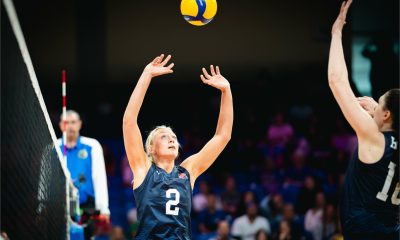WHITEFISH BAY, Wis. – It can strike anyone at any time and every moment matters. Sudden cardiac arrest is always unexpected, especially in children. But the untimely death of a local teenager in 1999 is making its mark to this day to help give you your best chance at survival.
Enhance your chance for survival
What we know:
At the home of the Whitefish Bay Blue Dukes, a spotlight still shines on Adam Lemel. Lemel was skilled in multiple sports, but it was a moment on the basketball court that was truly unforgettable.
FREE DOWNLOAD: Get breaking news alerts in the FOX LOCAL Mobile app for iOS or Android
A tearful Patricia Clanton recalls her 17-year-old son’s last game against Grafton High School.
“It was 26 years ago and 3 months plus maybe a week or so. Brings back a lot of painful memories,” Clanton said.
Those are memories that also replay vividly for Adam’s father, Joe.
“He was on the court playing, they called a time out. There was something about the way he was walking that caught my attention, the next thing I knew he collapsed,” Joe Lemel said.
Sudden cardiac arrest
Dig deeper:
Adam was experiencing sudden cardiac arrest.
“His heart went into an unstable rhythm where it was pumping fast and ineffectively. A sudden cardiac arrest typically the sign is a sudden collapse. The person is often seen to look like they are having a seizure at an initial appearance,” said Dr. Anoop Singh.
A bystander performed CPR while someone called 911.
“The paramedics were across the street and literally two blocks away. They still couldn’t get here within the amount of time to save him. They applied the AED. You could see the monitor, it said cleared, and it was a straight line, applied again it was a straight line. We watched him take his last breath,” Lemel recalled.
SIGN UP TODAY: Get daily headlines, breaking news emails from FOX6 News
If an AED been on site and applied earlier, the outcome may have been different.
What they’re saying:
“In those critical moments an AED device or automated external defibrillator could have helped save his life to help get him out of a dangerous rhythm,” said Alli Thompson, the Project ADAM administrator.
“Every minute results in a 10% decrease in survival,” Dr. Singh added.
It is a statistic the Lemel family vowed to help people avoid.
“His life has brought so much meaning and has saved so many lives. It is what is the beginning of Project ADAM which has been incredible,” Clanton said.
Turning pain into purpose
What we know:
Adam’s parents partnered with Children’s Wisconsin to launch a community giveback program called Project ADAM.
“It stands for Automated Defibrillators in Adam’s Memory,” explained Thompson.
Thompson said over the last 25 years, the comprehensive program has evolved and expanded nationwide.
“So what Project ADAM does is we try to make schools, youth sports groups, and community centers heart safe,” Thompson said. “Through our program we have staff that walk them through the process. We really assess where the equipment is in the building and make sure it’s accessible in under three minutes. We work on helping them develop a plan, what would they do in a sudden cardiac arrest.”
Public health problem
Big picture view:
Dr. Singh, the Medical Director for Project ADAM in Wisconsin and Co-National Medical Director for Project ADAM across the country says SCA is a public health problem.
“Think about what you can do for anyone you know if something were to happen to them. That includes learning the basics of chest compressions and how to use an AED,” Dr. Singh said.
It’s something we can all do– not just medical personnel.
“No matter where you are if you are having a cardiac arrest you are not waiting for an ambulance to come,” Dr. Singh said “That needs to be a piece of the puzzle what you really need are the people around you to spring into action. The automated part means you just turn it on and it starts walking you through what needs to be done. When it delivers that shock it will hopefully reset the heart back into a normal electrical rhythm which results in the heart squeezing again. Whether you have a known condition, whether you have an unknown condition or no condition, having this system in place is there to protect all them.”
Become a team player
What you can do:
So far, Thompson said more than 250 lives have been saved through Project ADAM affiliate programs.
“It’s not just a program that protects kids’ hearts. It’s a program that protects any heart. We hear about that parent that was saved, that teacher, that visitor,” Thompson said.
For Patricia and Joe, who watched their son’s dreams get cut short, they beg you to learn vital skills and become a team player.
“To be prepared, to not stand around and panic, to not stand around and be a bystander when you are fully capable of potentially saving a life,” Patricia lanton said.
“Do what needs to be done. Think about the life that needs to be saved and you have the ability to do it,” Joe Lemel said.
You too may be able to prevent a sudden death. If you would like to learn more about Project ADAM and becoming part of a heart-safe environment. Also, don’t be afraid to ask your school or youth sports organization about their plan or process.
To mark its 25th anniversary this year, representatives from the 50 nationwide programs are set to meet to share best practices and how to expand programs going forward.
The Source: The information in this post was provided, in part, by Project ADAM.



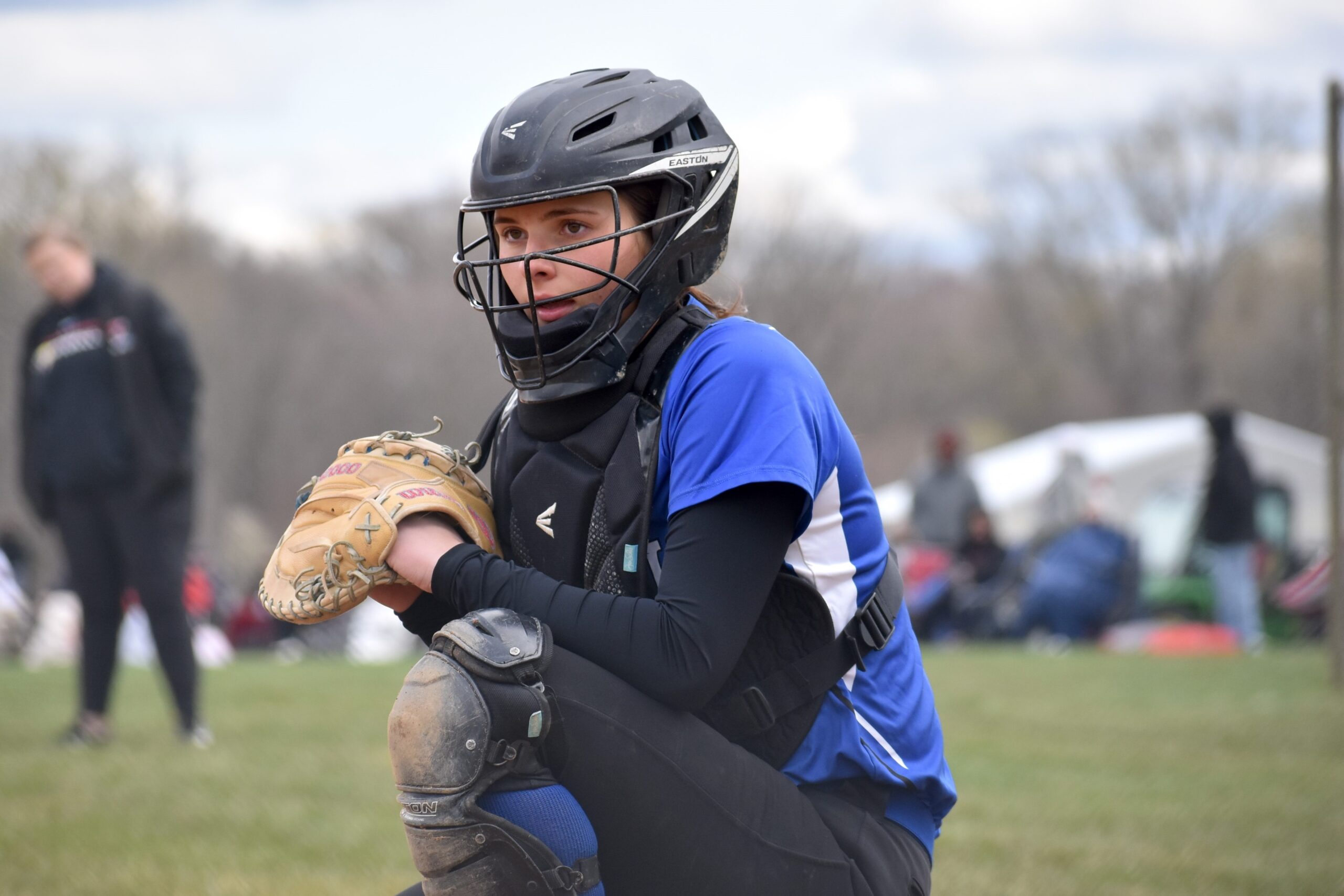


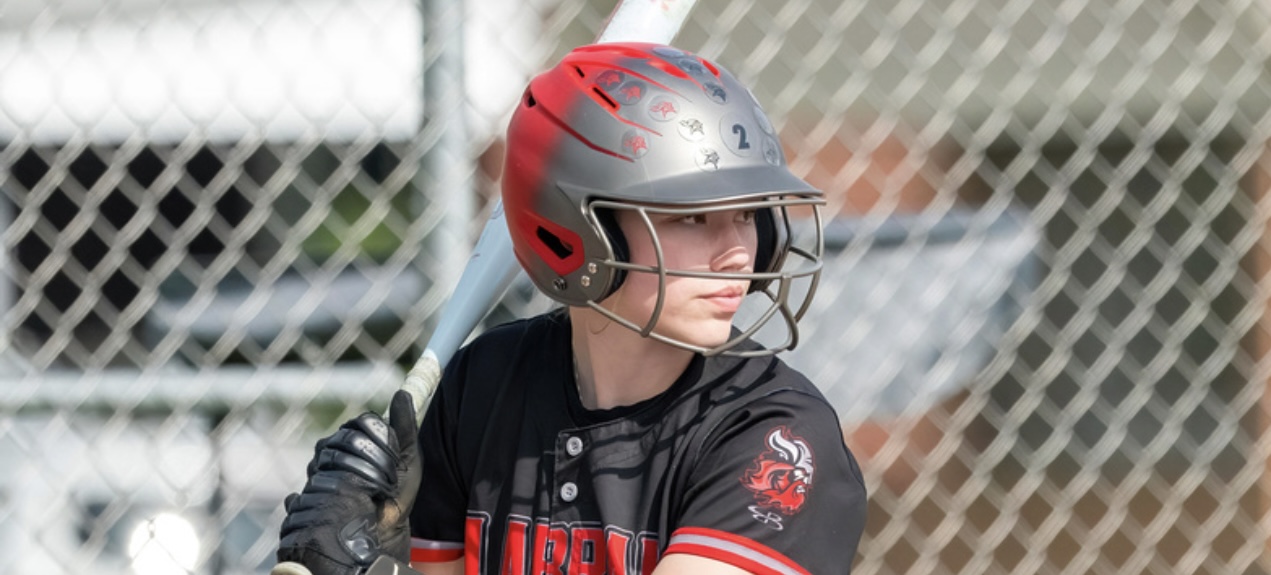

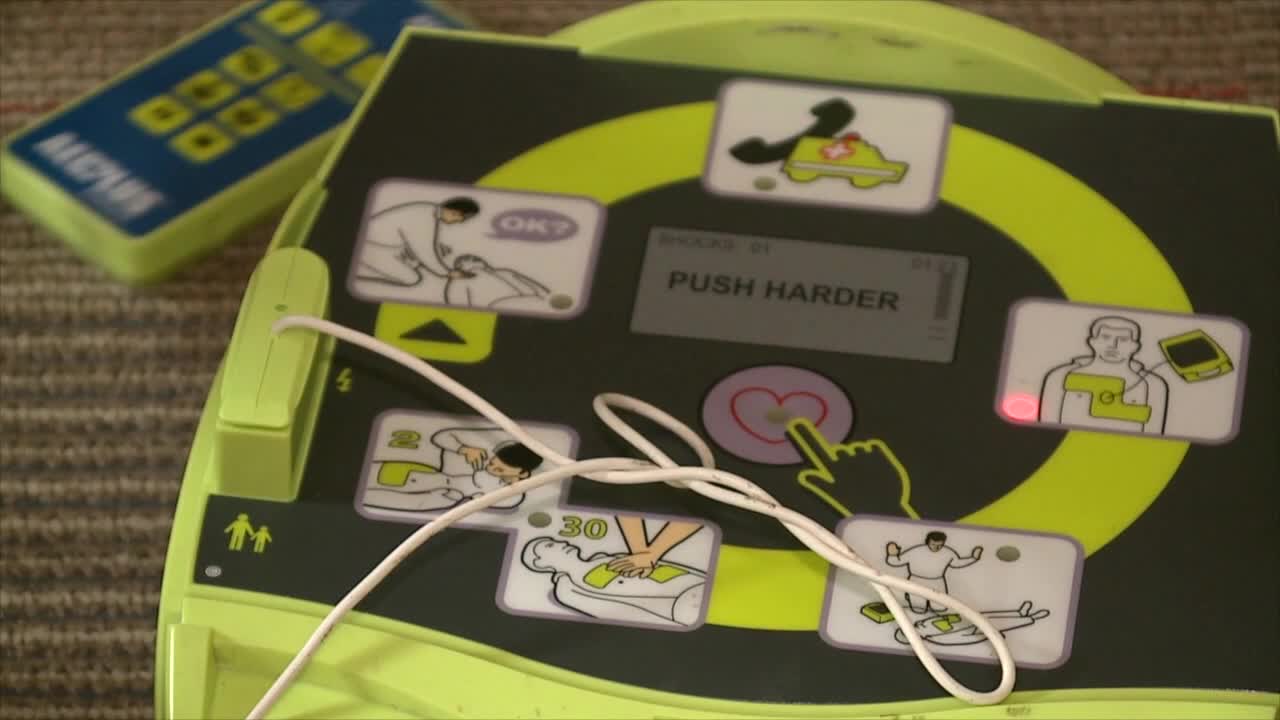

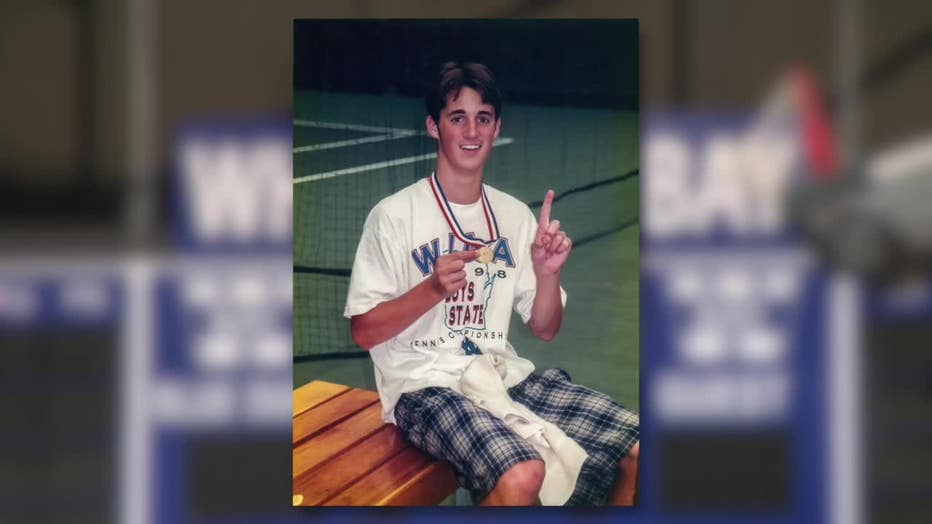
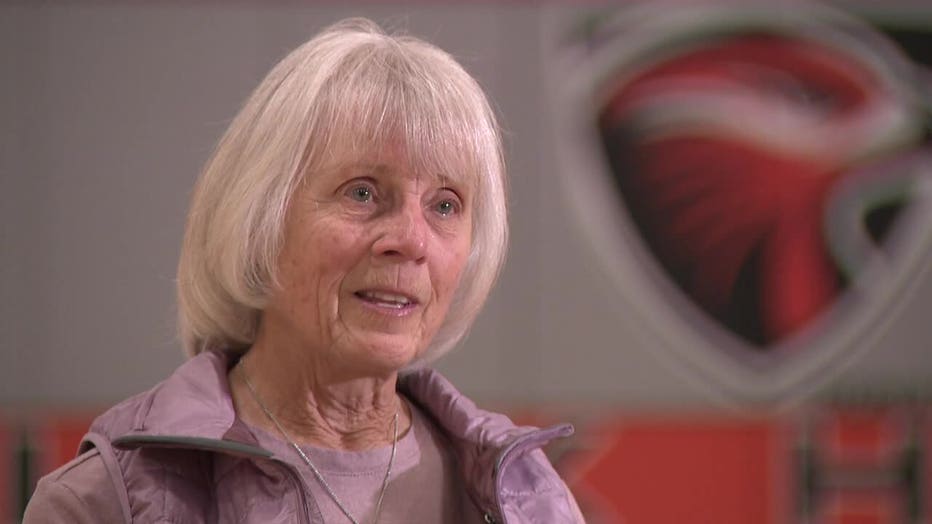
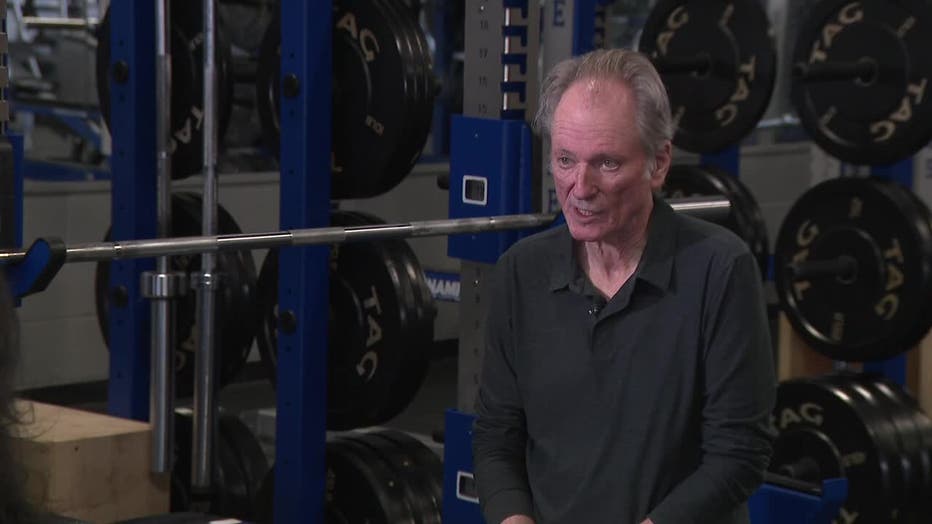
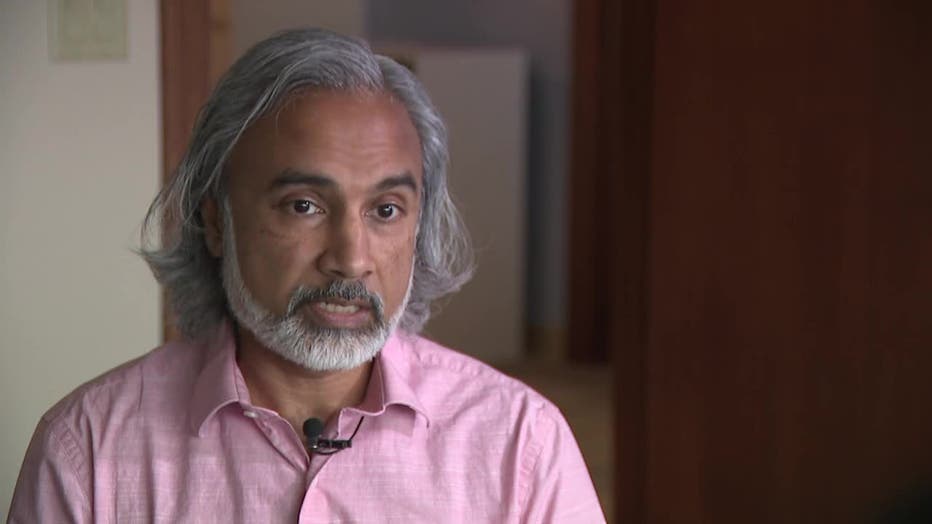
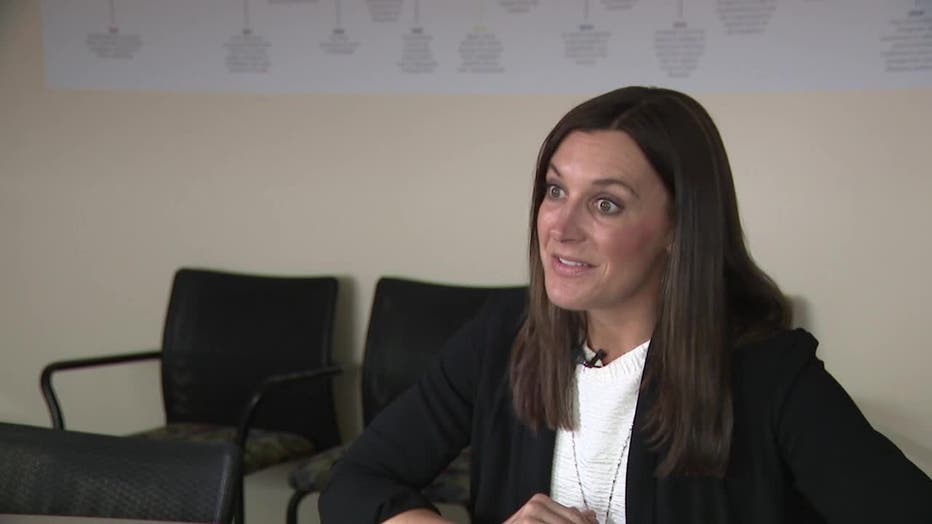








 (via @yana_clutch/TT)
(via @yana_clutch/TT)






































